Robots Blaze New Path for Glaze
16th April 2013
Source:
NVision, Inc
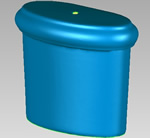
NVision recently helped a major original equipment manufacturer of bathroom fixtures produce the path for a robot to follow while spraying enamel on the exterior and bowl surfaces of a new product the company is introducing toilet bowls and tanks are made from vitreous china, which is a special mix of several different kinds of clay.
During production, toilets are glazed at the manufacturing facility to prevent bacteria growth in the bowl, which can create health hazards. The OEM has automated this process, utilizing a robot to glaze the bowl surfaces with an enamel spray. However, engineers first need to program the robot's path by inputting the parameter's of the robot's motion into a computer-aided design model of the toilet.
Since a CAD model of the toilet bowl and tank combination was not available, the OEM needed to create one. They initially used an outside laser-scanning service to gather the necessary data to create a CAD model. However, the scanning service utilized a low-cost scanner that suffered from low-accuracy and slow data delivery. The OEM found the results to be unsatisfactory. The company then hired NVision to do the job after finding that NVision has extensive experience scanning bathroom fixtures, was willing to travel to the OEM's facility to do the work and offered quick turn around and higher accuracy at an affordable price.
NVision engineers drove to the OEM's plant and, using a Z8 HandHeld scanner on a 9ft arm, scanned a number of one-piece toilet bowls and tank combinations.
The NVision Handheld scanner is a powerful portable scanning device that is capable of capturing 3D geometry from objects of almost any size or shape. The scanner is attached to a mechanical arm that moves about the object, freeing the user to capture data rapidly with a high degree of resolution and accuracy. As a part is inspected, the scanner generates a point cloud consisting of millions points each with x,y,z coordinates and i,j,k vectors. Integrated software that comes with the scanner is used to convert the point cloud to an STL polygon and an optional tripod provides complete portability in the field. Intuitive software allows real-time rendering, full model editing, polygon reduction, and data output to all standard 3D packages.
Scanning took only four hours for five bowl/tank combinations. We had to be very careful when handling the parts as the base clay was unfired and therefore fragile in nature. The biggest challenge was capturing the geometry of the underside of the lip around the bowl interior, said NVision engineer Colin Ellis.
Approximately two days after scanning, NVision delivered the data to the OEM in an STL format. The STL file was then converted to a CAD format for programming the robot path and the OEM began production of the new product.
Since a CAD model of the toilet bowl and tank combination was not available, the OEM needed to create one. They initially used an outside laser-scanning service to gather the necessary data to create a CAD model. However, the scanning service utilized a low-cost scanner that suffered from low-accuracy and slow data delivery. The OEM found the results to be unsatisfactory. The company then hired NVision to do the job after finding that NVision has extensive experience scanning bathroom fixtures, was willing to travel to the OEM's facility to do the work and offered quick turn around and higher accuracy at an affordable price.
NVision engineers drove to the OEM's plant and, using a Z8 HandHeld scanner on a 9ft arm, scanned a number of one-piece toilet bowls and tank combinations.
The NVision Handheld scanner is a powerful portable scanning device that is capable of capturing 3D geometry from objects of almost any size or shape. The scanner is attached to a mechanical arm that moves about the object, freeing the user to capture data rapidly with a high degree of resolution and accuracy. As a part is inspected, the scanner generates a point cloud consisting of millions points each with x,y,z coordinates and i,j,k vectors. Integrated software that comes with the scanner is used to convert the point cloud to an STL polygon and an optional tripod provides complete portability in the field. Intuitive software allows real-time rendering, full model editing, polygon reduction, and data output to all standard 3D packages.
Scanning took only four hours for five bowl/tank combinations. We had to be very careful when handling the parts as the base clay was unfired and therefore fragile in nature. The biggest challenge was capturing the geometry of the underside of the lip around the bowl interior, said NVision engineer Colin Ellis.
Approximately two days after scanning, NVision delivered the data to the OEM in an STL format. The STL file was then converted to a CAD format for programming the robot path and the OEM began production of the new product.
Similar articles
More from NVision, Inc
- NVision's Consulting and Engineering Services Improve Fracking Parts 4th November 2014
- Robots Blaze New Path for Glaze 16th April 2013
- NVision Launches New Project Portal for Clients 24th April 2012
- NVision Helps Reverse Engineer Optical Retailer's Store Display, Enabling Millions in Annual Sales 12th December 2011

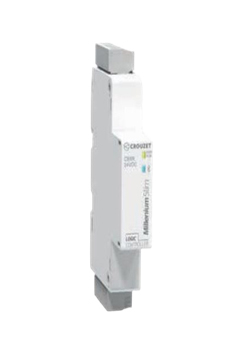
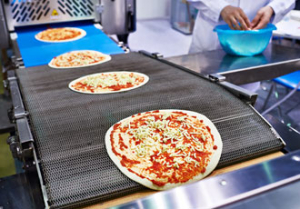
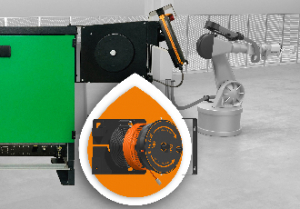
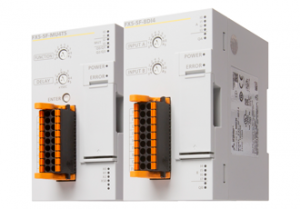







Write a comment
No comments